Company News & Industry Trends
Soccer Ball: What’s the Difference Between Thermal Bonded, Hand Stitched, and Machine Stitched Soccer Balls?
How Cross-Border E-Commerce Sells Yiwu Soccer Balls to Qatar: A Success Story by Alcanmedro
Soccer Ball: What’s the Difference Between Thermal Bonded, Hand Stitched, and Machine Stitched Soccer Balls?
Soccer balls are more than just equipment—they are the heart of the game. From backyard kicks to World Cup finals, the type of ball used can significantly impact performance, durability, and even player safety. Among the myriad options available, three construction methods dominate the market: Thermal Bonded (glued or “panel-less”), Hand-Stitched, and Machine-Stitched soccer balls. Each technique offers distinct advantages and trade-offs in terms of craftsmanship, cost, and suitability for specific playing conditions.
In this article, we’ll break down the manufacturing processes, material choices, cost differences, and ideal use cases for these three types of soccer balls. Whether you’re a coach sourcing gear for your team, a parent buying a ball for practice, or a retailer stocking up on inventory, understanding these differences will help you make informed decisions.
1. Hand-Stitched Soccer Ball: The Gold Standard for Performance
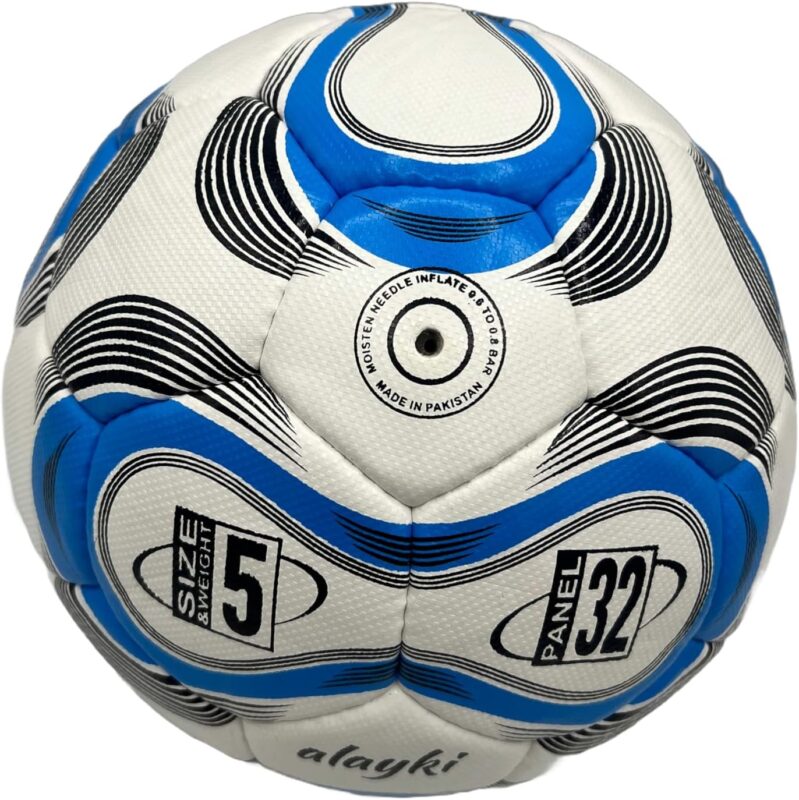
Craftsmanship and Materials
Hand-stitched soccer balls are revered for their traditional craftsmanship. Each panel is cut from premium materials—typically genuine leather or high-grade synthetic leather (e.g., polyurethane or PVC)—and sewn together manually using thick, durable nylon or polyester thread. The stitching process involves looping the thread through pre-punched holes along the edges of the panels, creating a tight, interlocking seam.
- Panels: Usually 32 panels (the classic soccer ball design) or 18 panels for modern designs.
- Bladder: Latex or butyl bladder for optimal air retention.
- Surface Texture: Slightly raised seams provide better grip for spin and control.
Cost Implications
Hand-stitching is labor-intensive, requiring skilled artisans to ensure consistency. This drives up production costs significantly. A high-quality hand-stitched ball can cost $80–$200+, making it the most expensive option.
Performance and Use Cases
Hand-stitched balls are built for professional matches and elite training. Their superior touch, responsiveness, and durability make them ideal for:
- FIFA-approved tournaments.
- Natural grass or well-maintained turf fields.
- Players prioritizing precision and ball control.
Drawbacks:
- Not fully waterproof; leather absorbs moisture, affecting weight and performance in wet conditions.
- Requires regular maintenance (cleaning and air pressure checks).
2. Machine-Stitched Soccer Ball: Affordable and Durable
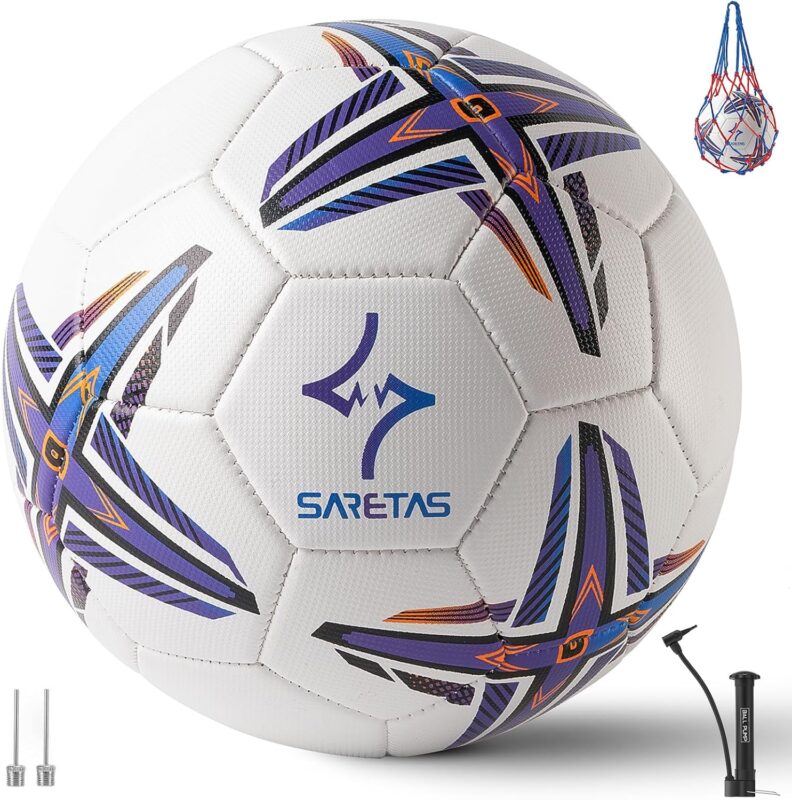
Craftsmanship and Materials
Machine-stitched balls automate the panel assembly process. Panels (often 32 or fewer) are cut from synthetic leather or thermoplastic polyurethane (TPU) and stitched together using industrial sewing machines. The seams are tighter and more uniform than hand-stitched versions but lack the flexibility of manual stitching.
- Panels: Typically 26–32 panels.
- Bladder: Butyl bladders are common for better air retention at a lower cost.
- Surface Texture: Flatter seams compared to hand-stitched balls.
Cost Implications
Mass production reduces labor costs, making machine-stitched balls far more affordable. Prices range from $20–$60, depending on material quality.
Performance and Use Cases
These balls strike a balance between performance and affordability, suitable for:
- Recreational play (parks, schools, casual leagues).
- Training sessions where durability matters more than elite-level precision.
- Artificial turf or rough surfaces that might scuff premium hand-stitched balls.
Drawbacks:
- Less responsive touch due to rigid seams.
- Synthetic materials may feel harder, impacting comfort during headers.
3. Thermal Bonded Soccer Ball (Panel-Less) : The Modern Revolution
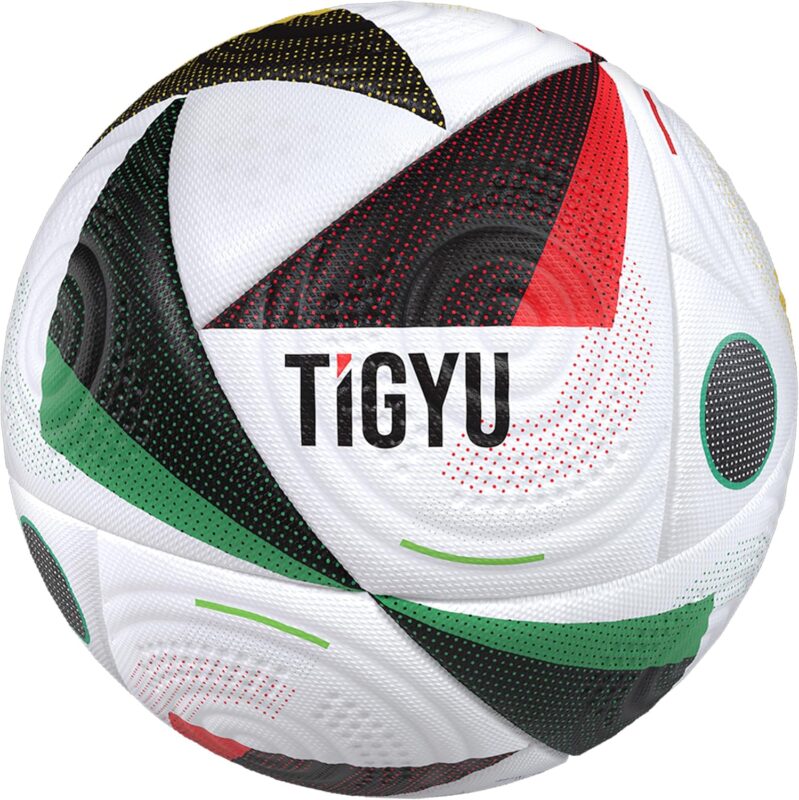
Craftsmanship and Materials
Thermal bonding eliminates stitching entirely. Panels (often fewer than 18) are cut from synthetic materials like TPU or textured PVC and fused together using heat-activated adhesives. The result is a seamless, smooth surface with no raised stitching.
- Panels: As few as 6–8 panels (e.g., Adidas’s Telstar 18 World Cup ball).
- Bladder: Latex or hybrid bladders for a softer feel.
- Surface Texture: Ultra-smooth or micro-textured for aerodynamics.
Cost Implications
While advanced manufacturing technology raises initial costs, high-volume production offsets this. Thermal bonded balls typically cost $50–$150, positioning them between hand-stitched and machine-stitched options.
Performance and Use Cases
Thermal bonded balls excel in high-stakes environments:
- Professional leagues and international tournaments (many FIFA-approved balls use this technology).
- Wet or rainy conditions, as the seamless design prevents water absorption.
- Artificial intelligence-driven designs for consistent flight and reduced drag.
Drawbacks:
- Less tactile feedback compared to stitched balls.
- Repairs are nearly impossible if the bonded seams split.
Comparison Table: Key Differences at a Glance
| Feature | Hand-Stitched | Machine-Stitched | Thermal Bonded |
|---|---|---|---|
| Construction | Manual stitching | Machine stitching | Heat-glued panels |
| Material | Leather or premium synthetics | Synthetic leather/TPU | TPU/textured PVC |
| Seam Visibility | Raised, tactile seams | Flat, uniform seams | Seamless surface |
| Water Resistance | Low | Moderate | High |
| Durability | High (with maintenance) | High | Moderate (if seams split) |
| Price Range | $80–$200+ | $20–$60 | $50–$150 |
| Best For | Pro matches, natural grass | Training, rough surfaces | Pro matches, wet conditions |
How to Choose the Right Soccer Ball
- Budget:
- Prioritize machine-stitched balls for tight budgets.
- Invest in thermal bonded or hand-stitched balls for competitive play.
- Playing Surface:
- Grass/Turf: Hand-stitched or thermal bonded.
- Concrete/Artificial Turf: Machine-stitched.
- Weather Conditions:
- Rainy climates: Thermal bonded (waterproof).
- Dry climates: Hand-stitched (superior touch).
- Skill Level:
- Beginners: Machine-stitched for affordability.
- Advanced Players: Thermal bonded for precision.
Conclusion
Understanding the differences between thermal bonded, hand-stitched, and machine-stitched soccer balls ensures you select the right tool for the game. At Jet Sports China, we supply all three types, tailored to meet the needs of amateur leagues, schools, and professional clubs. Our balls combine cutting-edge technology with rigorous quality control, ensuring optimal performance whether you’re practicing penalties or competing in a championship.
Explore our catalog today at https://jetsports-china.com to find your perfect match—or contact us for custom-branded soccer balls that elevate your team’s identity! ⚡
Keywords: thermal bonded soccer ball, hand-stitched vs machine-stitched, soccer ball manufacturing, FIFA-approved soccer balls, custom soccer balls.
Welcome to follow us on
Facebook: https://www.facebook.com/Alcanmedro/
YouTube: https://www.youtube.com/@Alcanmedro/videos

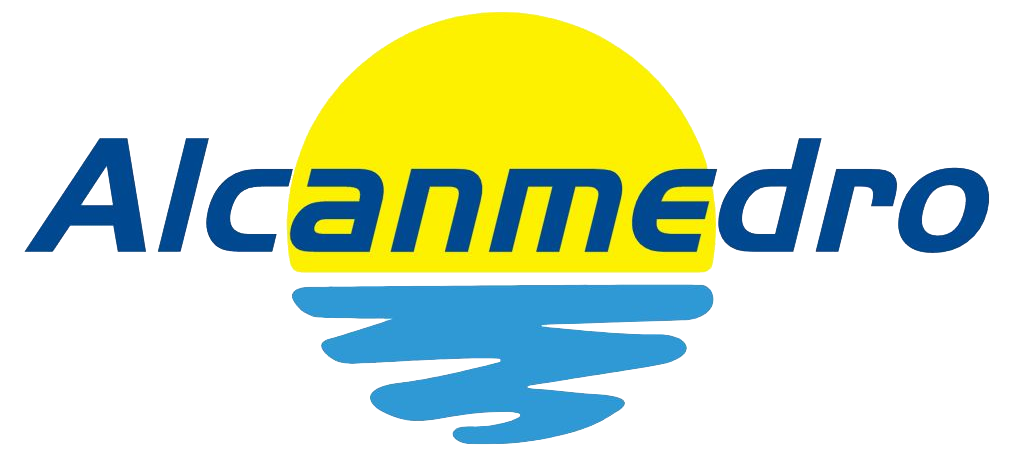
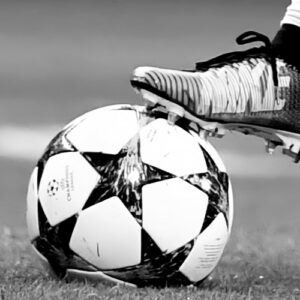
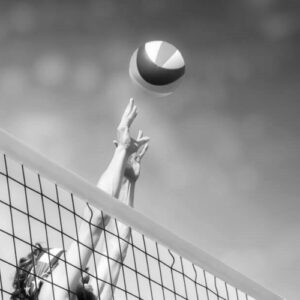

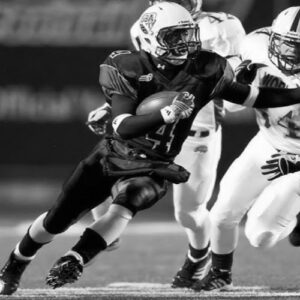


自动引用通知: Soccer Ball: Selling Soccer to Qatar via E-Commerce | Alcanmedro
自动引用通知: Indoor Soccer vs Outdoor Soccer Balls: Differences | Alcanmedro